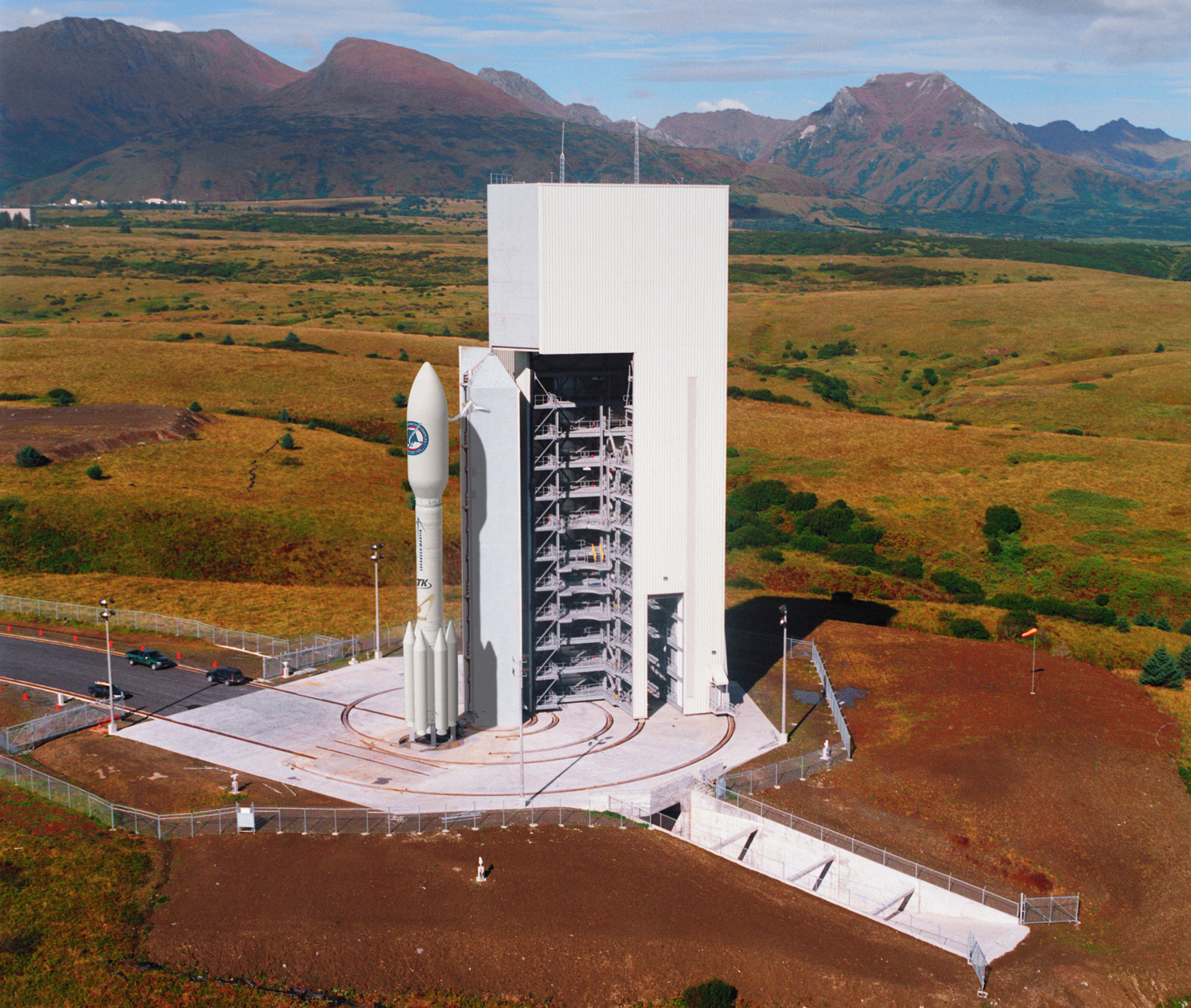
This article was updated on March 13 at 4:51 p.m. EDT.
WASHINGTON — Lockheed Martin has ended its effort to return a small-to-medium-lift launch vehicle to market, and plans to keep the Atlas 5 rocket in flight concurrently with United Launch Alliance’s Vulcan rocket for the first five years of operations.
Steve Skladanek, president of Lockheed Martin Commercial Launch Services, said March 8 at the Satellite 2017 conference that finding a meaningful customer base for the company’s Athena family of vehicles has again proven too difficult.
“We are no longer actively marketing it,” Skladanek said. “If someone is interested in flying with Athena, we still have an asset available, so we could resurrect that system, but right now we are not actively marketing it.”
Lockheed Martin has performed only a handful of missions with the Athena family, which the company co-produced with Alliant Techsystems — the latter of which is now part of Orbital ATK — since the mid-1990s. Athena has a performance record of seven flights, of which two failed.
Lockheed Martin took Athena off the market in the late 1990s, shelving the program until 2010. The company was hoping to tap into the growing demand for small-satellite launch services with the two-stage Athena 1c and three-stage Athena 2c, capable of sending 700 kilogram and 1,800 kilogram payloads to low Earth orbit, respectively.
In 2014, Alaska Aerospace Corp. picked Athena as its go-to launcher for small- and medium-lift missions at Kodiak Launch Complex, since rebranded as the Pacific Spaceport Complex. Lockheed Martin was planning an upgraded version of the rocket called Athena 2S, capable of orbiting payloads between 1,900 and 3,000 kilograms.
Atlas 5’s lengthy shelf life
Skladanek said Lockheed Martin anticipates continuing Atlas 5 launches for some time after ULA begins fielding Vulcan, the company’s next-generation launch vehicle currently planned for a maiden flight in 2019. Atlas 5 is Lockheed Martin’s principal contribution to the Boeing-Lockheed Martin joint venture, which mainly serves U.S. defense and civil government customers using the Atlas and Delta rocket families. Additionally, Lockheed Martin Commercial Launch Services carries out Atlas 5 missions for commercial customers.
“We will be flying both vehicles for some period of time until we are absolutely certain that the Vulcan system can maintain the cadence, and the rhythm and reliability that our customers are expecting of us,” Skladanek said. “Right now we are anticipating something on the order of a five-year overlap between the two systems.”
ULA’s first iteration of Vulcan will use a new first stage engine — either two BE-4 engines from Blue Origin or two AR1 engines from Aerojet Rocketdyne — and the same Centaur upper stage currently used in the Atlas 5. ULA produces Centaur with Aerojet Rocketdyne’s RL-10 serving as the upper stage engine. In 2023, ULA plans to introduce Vulcan-ACES, which will use the still-in-development Advanced Cryogenic Evolved Stage (ACES), to fulfill all Atlas 5 and Delta 4 Heavy missions. Keeping Atlas 5 in operation for five years past the debut of Vulcan-Centaur would allow four years of overlap with that rocket and one year of overlap with Vulcan-ACES, if schedules hold.
“At that point we will likely retire the Atlas line,” Skladanek said.
Related
ncG1vNJzZmiroJawprrEsKpnm5%2BifK27wqSfnp2UYrqivtOipWagkaHBtHnArZ%2BeppFisqeyzqurZqiclru0edKopJ5lkam5or%2BMbmSorpWnuaK8jLCgraBdq8Ktr8CnZg%3D%3D